My guide on my previous Corcovado National Park trip quipped: “Corcovado is a hard nut to crack.” Felix Menocal may have been the most untrustworthy person I have met in all of my travels; however, his remark on the park could not be more poignant. The go to place in Corcovado to see wildlife and experience the remote Costa Rican jungle is Sirena Ranger station. To get there you must hike 12 miles from Carate. On our hike in, the park should have been called Corcovado Cauldron National Park.
Related: Corcovado National Park wildlife adventure with Surcos Tours
Hiking the Corcovado cauldron
There are other ways to get to Sirena. You can take a plane for about $80.00 one way from Puerto Jimenez or a boat from Drake Bay, but the most incredible adventure in my opinion is the journey there. National Geographic calls Corcovado the most biologically intense place on earth. You do not want to skip over this intensity by plane or boat. If you want to see amazing wildlife, the hike into the park and back is the best place to see it.
Start of the hike
We left early from Puerto Jimenez to commence our one hour and a half drive to Carate. We did not get started until about 9 a.m. The temperature already felt uncomfortable. Even just standing in the shade caused perspiration to flow. I knew the day ahead would prove a challenge.
Easy terrain
The one good thing about the hike into Sirena is the terrain is gentle. The trail follows the ocean. Sometimes it is along the beach and sometimes it is in the jungle. This means there are virtually no hills. There are a few gullies to cross that require a short push up to the top, but there are not many of these.
Entering the park
From Carate, we crossed a little creek over logs laid across. On the other side of the creek a sign welcomed us to Corcovado National Park. We paused and took some pictures and disappeared into the jungle. The first part of the trip the trail stays in the jungle, and we passed a few people before we ventured into La Leona. There is a ranger station here and a lodge. We officially checked into the park, refilled our water bottles, and began the real hike into Corcovado.
First signs of wildlife
We began seeing interesting wildlife right away. Halloween crabs and lizards scurried from our feet and scarlet macaws cawed from the trees. A yellow crested caracara took off from a coconut tree. Common black hawks lived up to their name as we saw several close up on branches in the forest. A frigate bird patrolled the coastline while a family of brown pelicans nestled on some rocks in a shallow bay.
We could not move ten feet without our expert guide Oscar from Surcos Tours stopping us and pointing to the ground or to the trees. One can usually hike 12 miles is five to six hours, but this hike takes more like eight to ten with the jungle crawling with interesting fauna.
Related: Booking Surcos Tours for a Corcovado National Park adventure
As Oscar pointed to yet another black hawk, a plane flew low over the coastline with a group of four to six travelers heading to Sirena Station. Although they were getting a great view of the ocean and the jungle of Corcovado National Park, I felt sorry for them. They were missing so much here on the ground.
Beach hikes the worst of the Corcovado cauldron
As the day wore on the heat and humidity became oppressive. The trail veered out on to the beach, and we hiked for several sections out in the open. One section stretched for a good mile or two and took 45 minutes to complete. Hiking on sand is not easy and makes it feel like you are putting twice as much effort as the softness gives way and creates extra energy to push off. There was no escape from the sun here. We were right next to the ocean, but could not swim due to dangerous riptides, crocodiles, and bull sharks. The cool looking blue water mocked our over heating bodies.
After a while it felt like we were punch drunk. We wobbled around on the sand as the sun just sucked the energy out of us. I just concentrated on one foot at a time, and drank copious amounts of water. We finally dipped into the jungle, and what a relief to escape the sun. It was a pyrrhic victory. We found shade in the jungle, but it felt like a sauna. Sweat continued to seep out of our body. We were as soaked as if we jumped into the dangerous waters.
Halfway point
Oscar pointed to a cliff above the ocean that appeared bare. A landslide stripped the vegetation right off the hill. This was the halfway point. It appeared to be a mile away. Three hours later we finally arrived sweaty, thirsty, and exhausted. We were relieved to make the halfway point, but knew the second part would be a challenge since we were already worn out. The bare cliff above us seemed symbolic of what I felt inside. I felt empty and without energy. Just at that moment a frigate bird cruised overhead. Then we looked up from our break to see a black hawk nest with a baby bird inside. Every time we felt overwhelmed by the conditions, an incredible nature sighting revived us.
Hunting pumas
We all hoped to see a puma. At one really remote section of our hike as we neared Sirena Station, we came across fresh puma tracks. We had come across another group heading into the park, and they were also led by a guide. Oscar and their guide teamed up to hopefully flank the puma and flush him out into the open.
We did not see a puma, but this exercise proved exciting and kept our mind off the heat. At about this same time we spotted a beautiful woodpecker in a tree. Right after the a few spider monkeys got our attention. Then an anteater climbed up a tree. For a few minutes, we forgot the miserable temperature and enjoyed these amazing experiences which occurred back-to-back within seconds of each other.
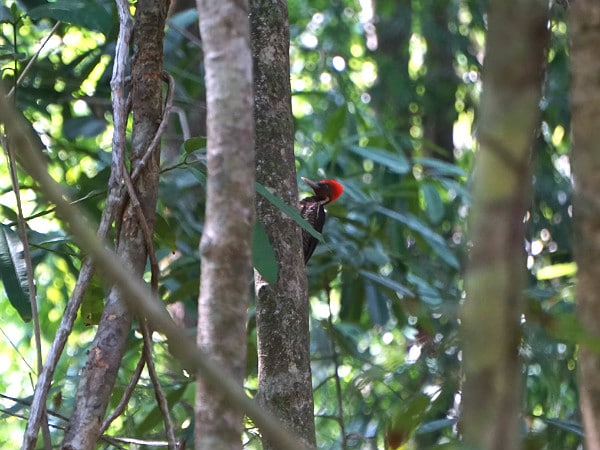
While trying to find a puma we came across a pale-billed woodpecker, then a spider monkey, and then an anteater in quick succession. The heat was a second thought during this exciting episode.
No one complained
When you are really not comfortable, expressing this discomfort out loud can just make the experience worse. So much of our attitude and feeling is mental. If you begin to feel defeated and start saying out loud, “this is horrible,” or “this sucks,” it just makes the misery for all around that more palpable. Our group never complained, which comes as no surprise. Anyone interested in hiking in a remote Costa Rica jungle has to be made of sturdy stuff. I know all of us were feeling a little unhappy, but our group remained in good spirits.
Hoping for the river crossing
In my previous trip to Corcovado, I had flown back and forth, so I had never experienced this hike. Having stayed at Sirena before, I knew there was a river crossing about a half mile from Sirena Ranger Station. I longed to come around a bend and see the river. My mind played tricks on me as the day wore on and my body continued to take a toll from the oppressive humidity. I seemed to see a river around every corner. I closed my eyes and dreamed of a cool river where I could wade in. More importantly, the river meant a close end to the day’s grueling hike.
I began to not feel pity for those flight passengers, but envy. Why did I take this hike, my mediocre mind began to ask myself. Although I never expressed my temporary misery, I began to internalize it. Then we would see a beautiful trogon, and I was reminded why I was here. Then after a few steps, I started to feel sorry for myself for being so hot. The shorts I was wearing started to tear into my thighs and the sweat pouring down the fresh wounds added to my discomfort.
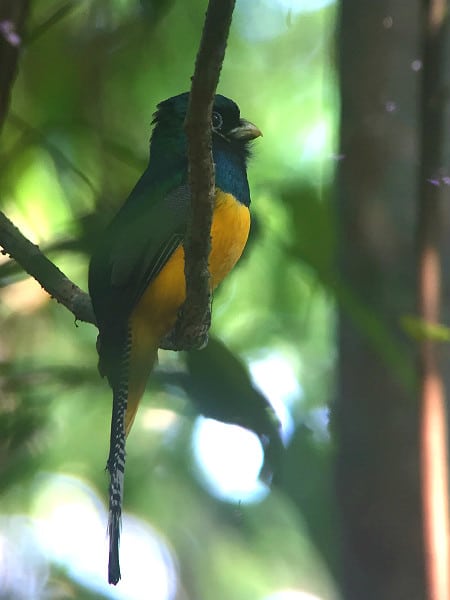
Seeing a beautiful trogon will definitely get your mind off of heat and humidity for a minute or two
More interesting wildlife near Sirena
As we approached Sirena Station, the wildlife became more interesting and more accessible. Deep in Corcovado there has been no hunting for decades, so the animals there do not see humans as a threat. We started to see trogons, currosows, anteaters, and monkeys.
At one point, I just wanted to get to the camp, and almost wished to see no more wildlife. Each sighting created a delay, but I reminded myself that this was why I did this hike. I knew that once we arrived the memories of the wildlife sightings would be more precious and the memory of the uncomfortable intense heat would fade.
River crossing
At last we punched out of the jungle to the river. We were welcomed by an American oystercatcher, whimbrels, and a tiger heron as we took off our boots and forded the river. Just one more kilometer to Sirena Station. All of a sudden, I surged with energy. There was a lightness to our steps as we entered the jungle for one final push to Sirena. Currosows crossed the trail and scarlet macaws screeched in the trees as we joyously moved forward after taking a few more pictures.
Sirena arrival
There is a big open grassy space at Sirena for the plane landing. They cut the jungle down here to build the infrastructure and create the landing. I kept looking for a break in the trees. Soon it appeared, and we had Sirena in our sights. We were elated. It was around dusk and a Baird’s tapir was eating at the edge of the jungle. These are endangered species, and Sirena Station is probably the best place in the world to see these unique animals.

The lodging in Sirena comprise of bunk beds with mosquito netting with no walls, so the temperature is same as outside – Photo courtesy of the Fomo Traveler
We checked in and received our bed assignment. They have a room with bunkbeds and mosquito netting. It was so hot they did not provide us with a blanket. Just a sheet around the mattress. Even the thinnest of blankets would have been too hot. We showered, ate dinner and then crumpled into bed exhausted from the over nine mile hike.
Reflecting back on the hike
Sitting at home in my air-conditioned condo in Chicago drinking a pumpkin spice latte, I cannot help but think what an incredible experience the hike into Corcovado was. It turned out an experience I never wish to duplicate, but now that we finished, I am grateful for the memory. This adventure was not the first time I experienced intense heat during a hiking trip. Check out my Big Bend National Park adventure below.
If this adventure appeals to you, check out Surcos Tours for more information. It is mandatory to have a certified guide in Corcovado National Park.
For a different perspective on my recent trip, check out Fomo Traveler’s post. She was also along on our grueling hike to Sirena Station.
If Corcovado the difficult way does not appeal, the Fomo Travel has just the tip:
Related: Big Bend Juniper Canyon hiking
Adventure on!
The goal of this site is to inspire people to outdoor adventure travel and then provide tips. If you liked this post then sign up for the email newsletter. Notifications go out once or twice a month with what is new with Traveling Ted’s adventures. Your email will not be share and you will receive no spam. Other e-follow options include Facebook (click on the like box to the right) or twitter (click on the pretty bird on the rainbow above).







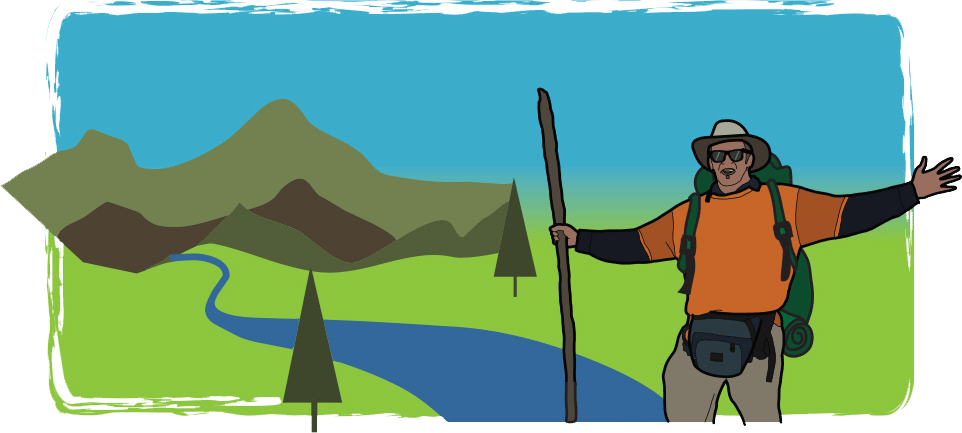
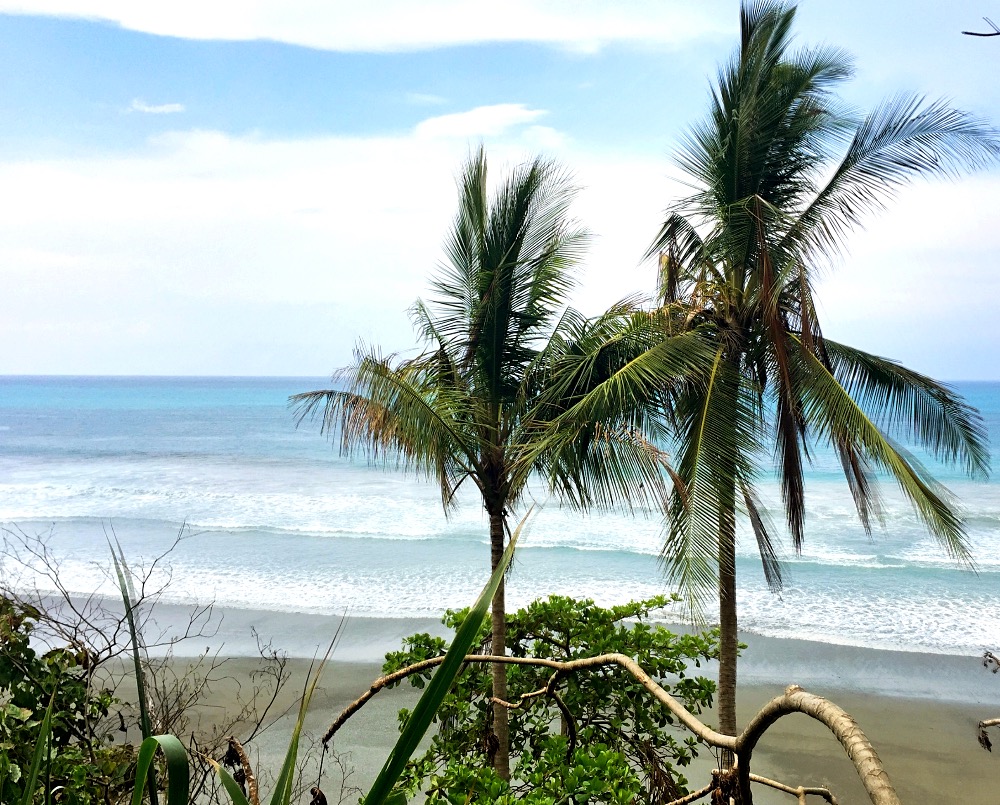

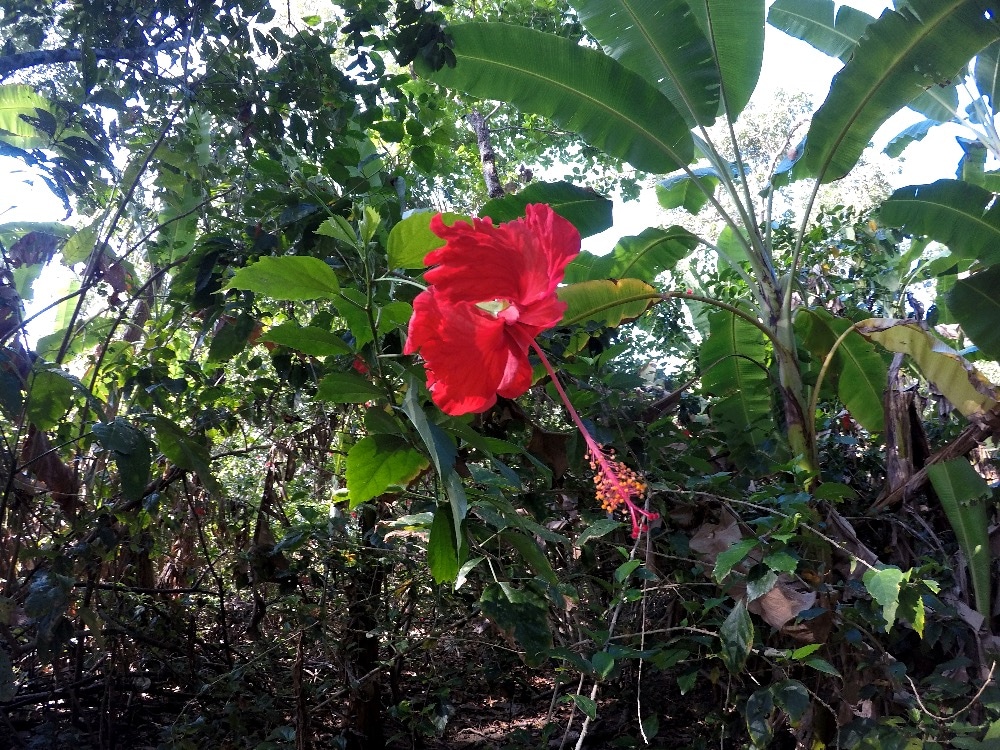


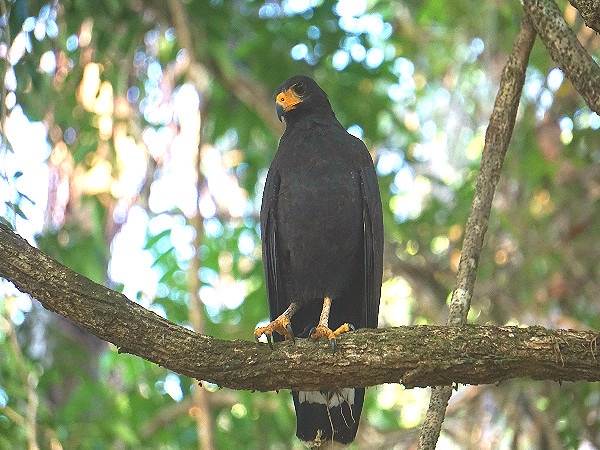
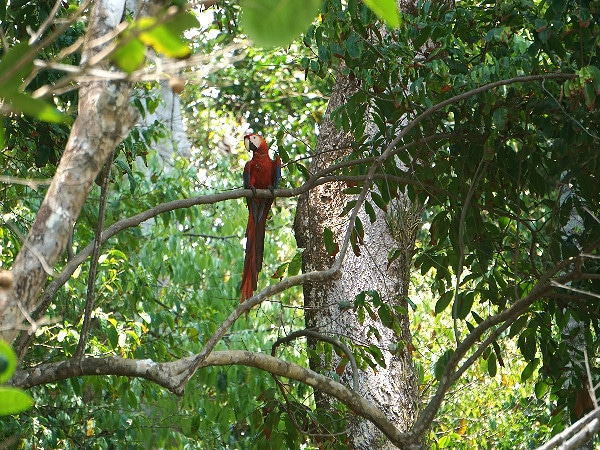
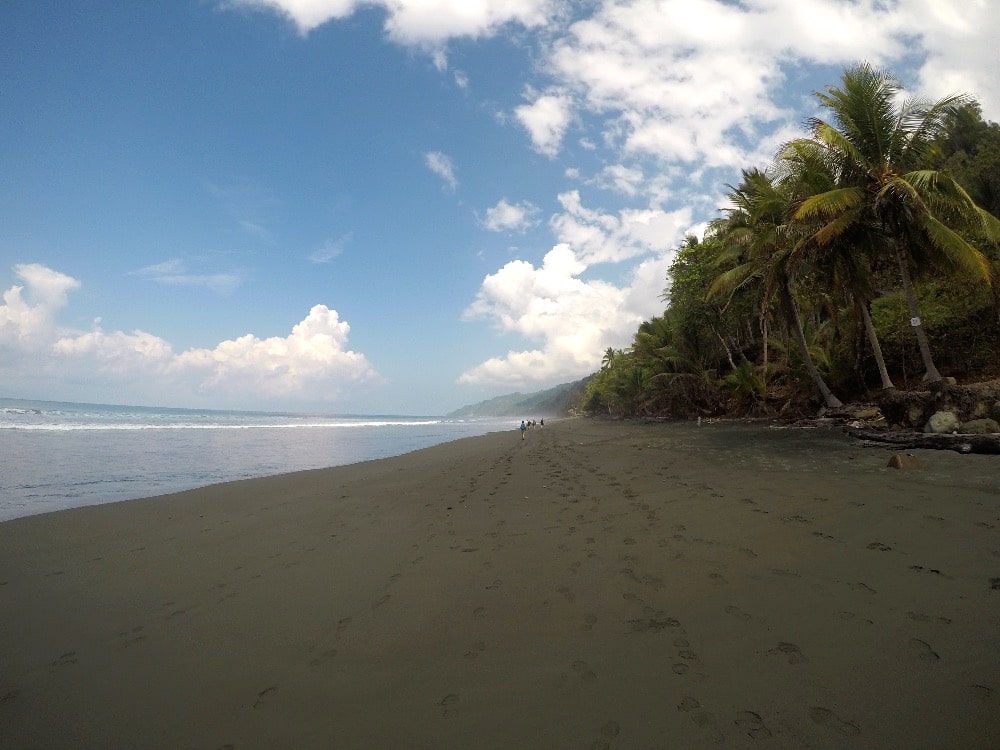
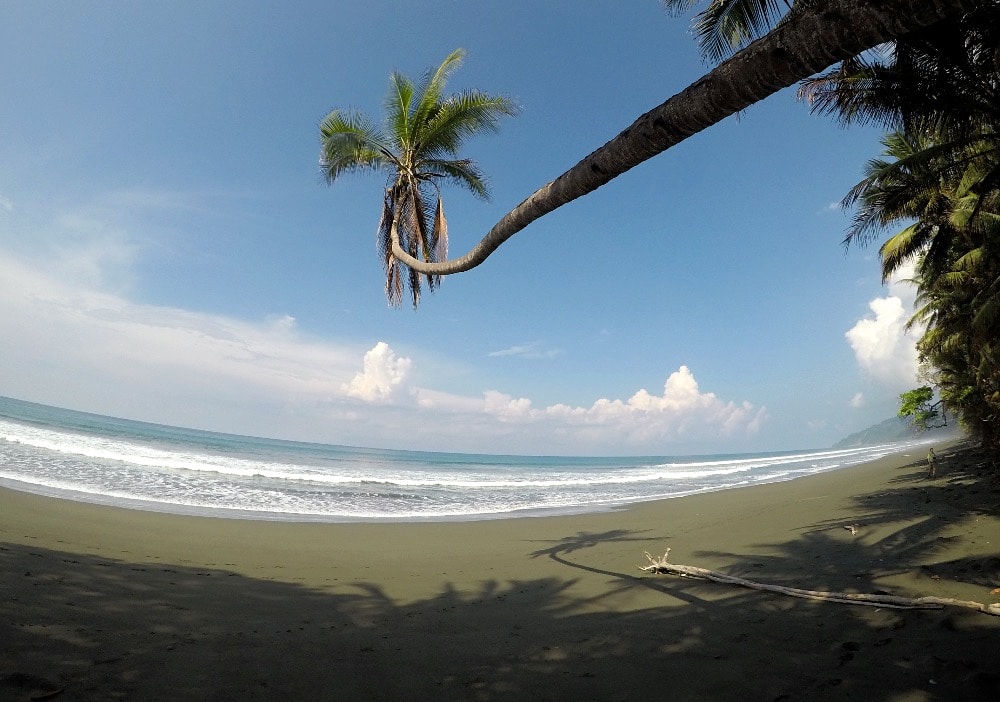



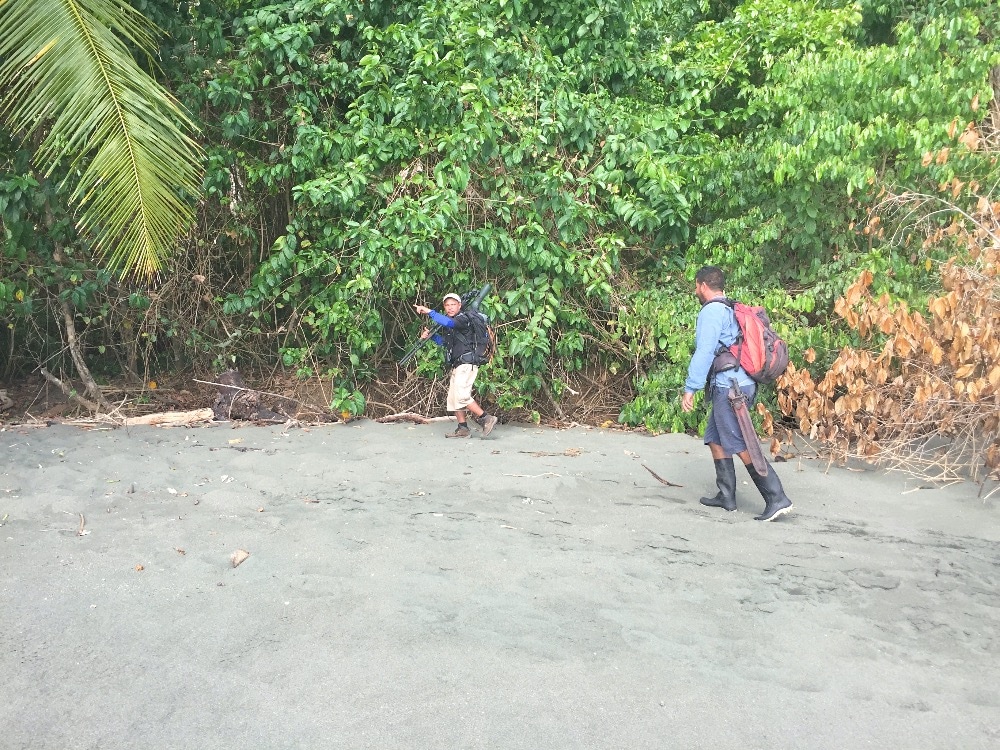
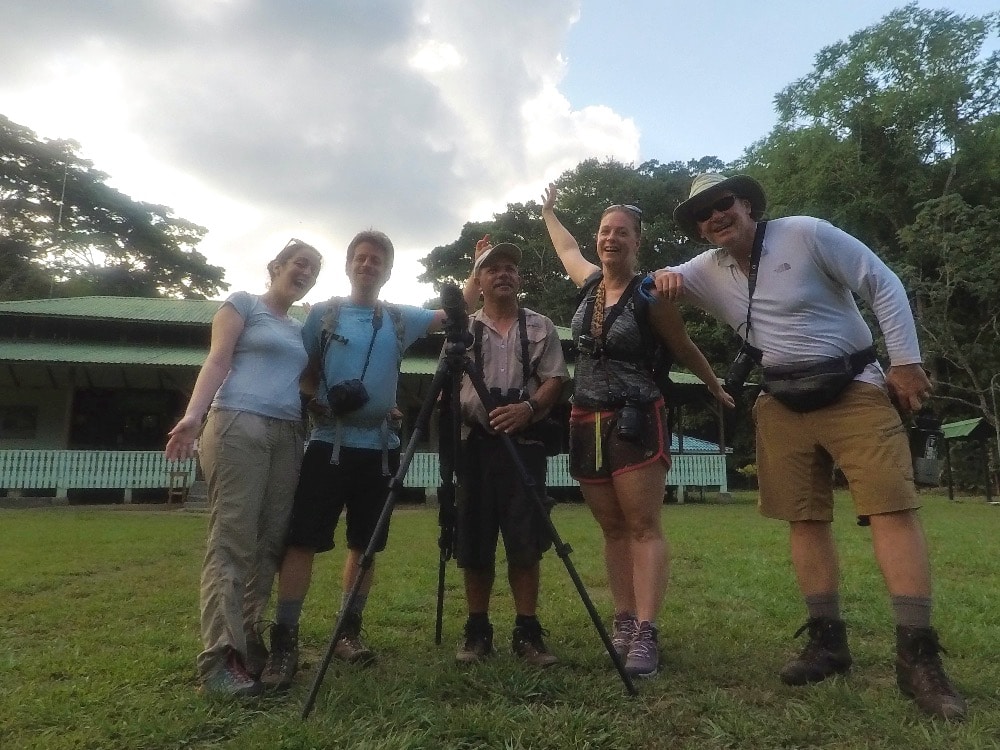

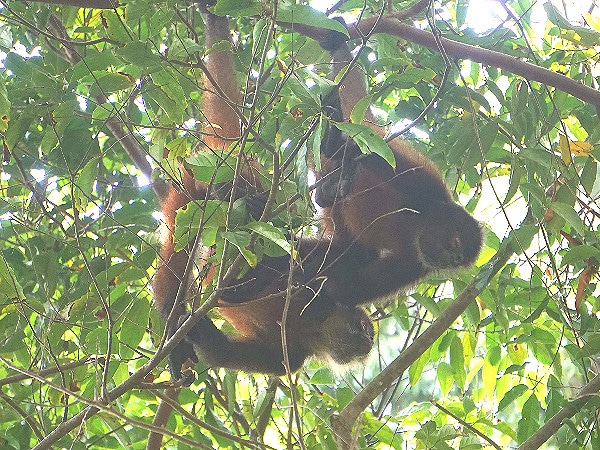
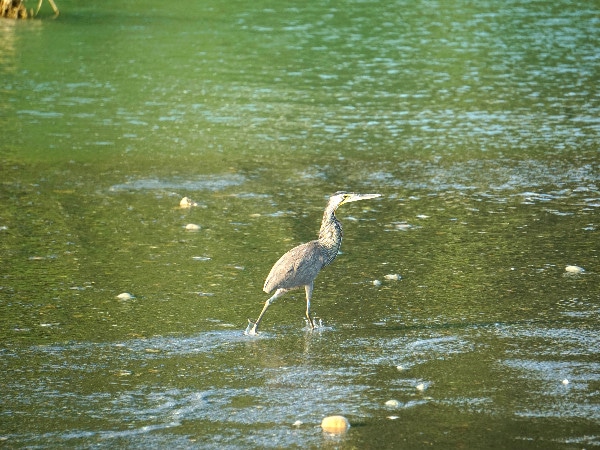
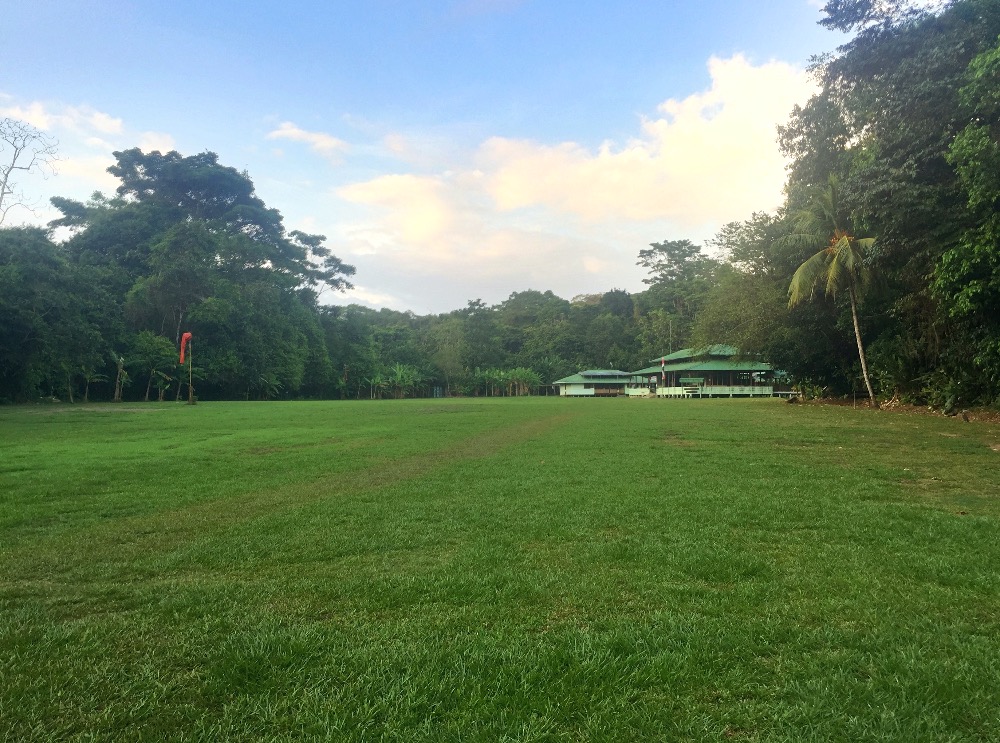
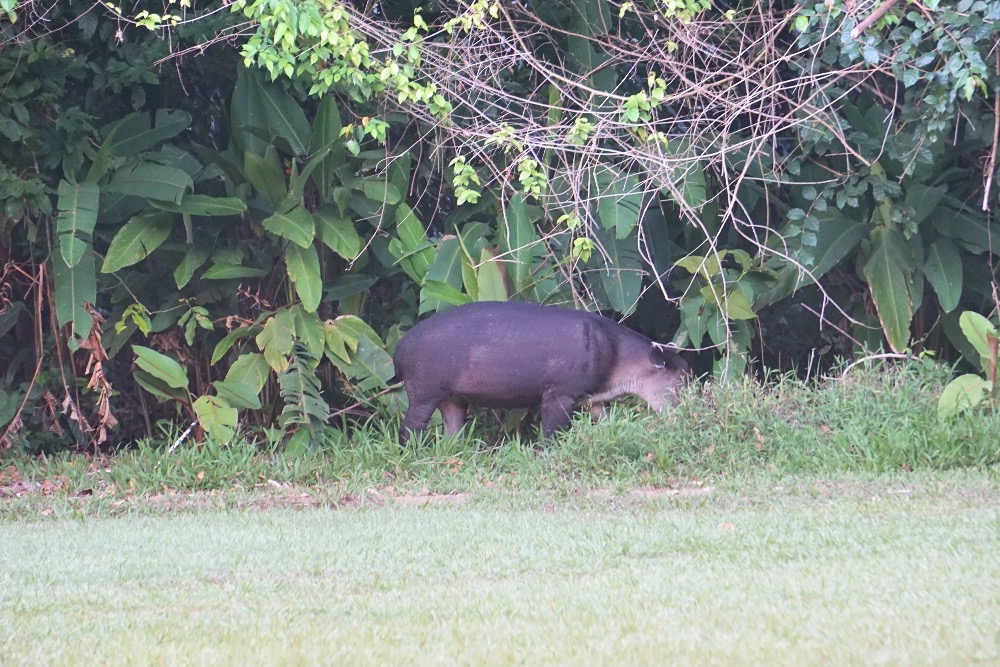


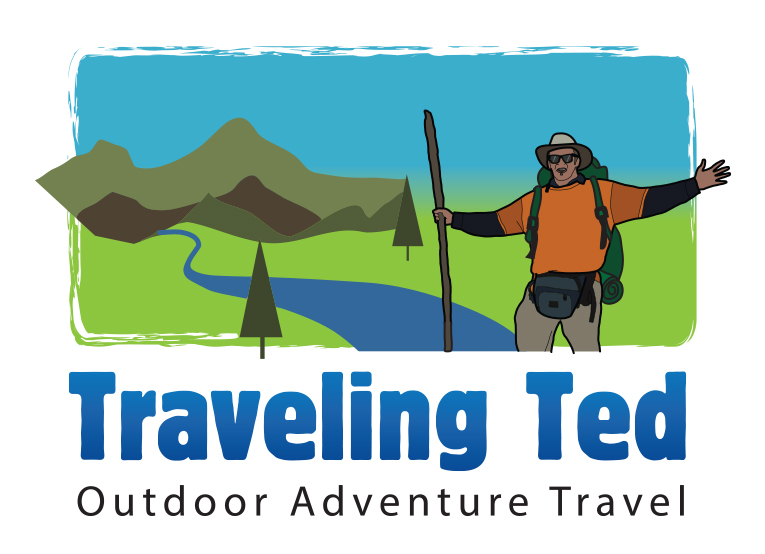
Twelve miles is one heck of a hike! You certainly got some spectacular shots though. The black hawk nest with the baby bird inside is just incredible!! <3
Jillian Michelle recently posted..Cairns Skyrail Rainforest Cableway – Riding a Glass-Bottom Gondola over a Waterfall
Thank you Jillian,
In that environment, twelve miles is quite grueling, but definitely worth it.
and you nailed it, Ted. Great job, buddy! I wonder if you climbed the devastating landslide or not. Lol.
Steve Hemingway recently posted..Best Time to go Fishing on a Day
Thanks Steve,
No we passed along the beach.
The scenery is really majestic. Thanks for the great pictures. Merry Xmas!
Thanks Mike,
Hope you had a Merry Christmas as well.